Share This:
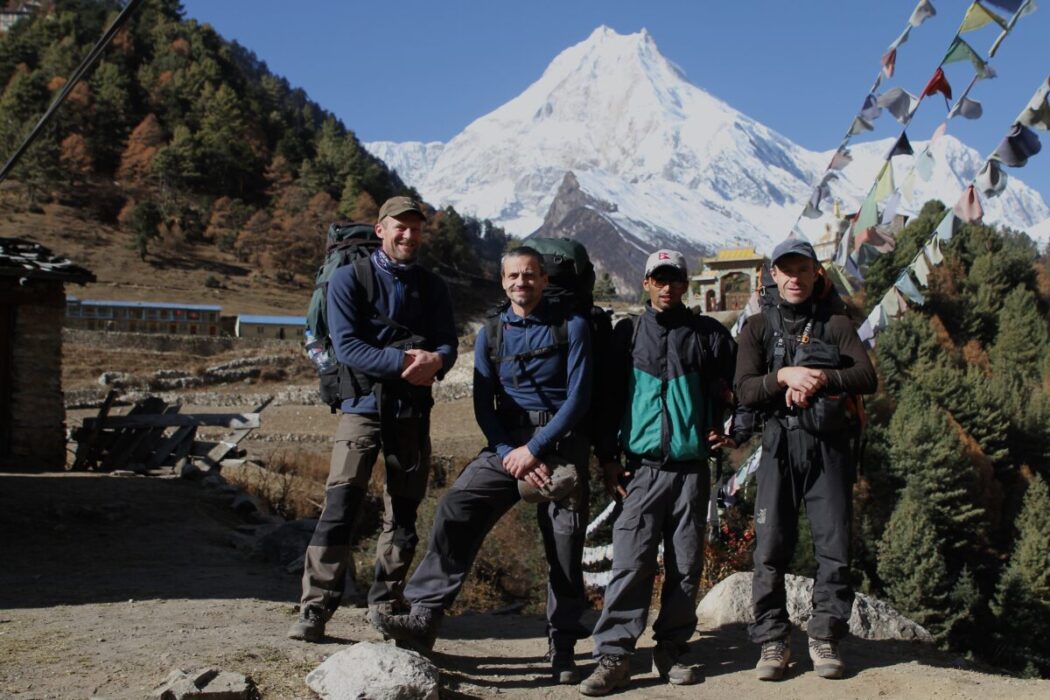
Why Choose Manaslu Circuit Trek?
Introduction
Nepal is a land of towering Himalayan peaks, ancient culture, and world-renowned trekking trails. While the Everest Base Camp and Annapurna Circuit treks have long attracted global attention, the Manaslu Circuit Trek is fast emerging as one of the best treks in Nepal for those seeking adventure off the beaten path. Tucked away in the restricted northern region of Gorkha, this trek circles Mount Manaslu (8,163m), the eighth-highest mountain in the world, offering breathtaking landscapes, rich cultural encounters, and an authentic Himalayan trekking experience.
Unlike the busier trails of Everest and Annapurna, the Manaslu Circuit remains relatively untouched, providing trekkers with a raw, peaceful, and truly immersive journey through remote villages, dramatic river valleys, lush forests, and high-altitude passes. From crossing the challenging Larke La Pass (5,160m) to experiencing Tibetan-influenced Buddhist culture, this trek blends natural wonders with spiritual depth.
For adventurers looking for a unique trek in Nepal that balances challenge, beauty, and authenticity, the Manaslu Circuit Trek is an unforgettable choice. Partnering with an experienced company like Mountain Treks Nepal ensures a safe, well-organized, and enriching experience.
Overview of Manaslu Circuit Trek

The Manaslu Circuit Trek is one of Nepal’s most rewarding trekking routes, offering a complete Himalayan experience within a span of two to three weeks. Centered around Mount Manaslu (8,163m) the world’s eighth-highest peak the trail takes trekkers through diverse landscapes ranging from subtropical forests and terraced farmlands to alpine meadows and glacial valleys.
The trek usually begins at Soti Khola and follows the Budhi Gandaki River upstream, passing through charming Gurung and Magar villages, suspension bridges, and cascading waterfalls. As trekkers ascend higher, the terrain shifts dramatically, with Tibetan-style villages like Sama Gaun and Samdo, where ancient monasteries and prayer flags reflect deep-rooted Buddhist traditions. The highlight of the journey is crossing the Larke La Pass (5,160m) a thrilling challenge that rewards trekkers with panoramic views of peaks such as Manaslu, Himlung Himal, Cheo Himal, and Annapurna II.
Depending on the chosen itinerary, the trek typically takes 14 to 18 days, making it a moderate to challenging adventure. While it requires physical fitness and acclimatization to high altitudes, the reward is an authentic trekking experience away from the crowds of Everest and Annapurna.
Being a restricted area trek, the Manaslu Circuit requires special permits and must be done with a registered trekking company like Mountain Treks Nepal. This ensures safety, compliance with regulations, and a more enriching cultural experience guided by local expertise.
In essence, the Manaslu Circuit Trek combines natural beauty, cultural richness, and physical challenge making it a top choice for adventurers who want to explore Nepal’s hidden gems.
Why Choose Manaslu Circuit Trek?
1. A Less-Crowded Alternative to Everest & Annapurna

When most people think of trekking in Nepal, the Everest Base Camp and Annapurna Circuit immediately come to mind. While these trails are undeniably iconic, they have also become extremely popular, often crowded during peak trekking seasons. For trekkers who dream of experiencing the Himalayas in a more peaceful, authentic way, the Manaslu Circuit Trek is the perfect alternative.
Unlike the bustling teahouse trails of Everest and Annapurna, the Manaslu Circuit remains relatively untouched, receiving far fewer trekkers each year. This allows for a more intimate connection with nature and the local culture. You can walk for hours through remote valleys, cross suspension bridges, and pass through charming villages without encountering large groups of tourists.
The sense of solitude and adventure here is unmatched. Instead of competing for space in crowded lodges, trekkers enjoy genuine hospitality in small, family-run teahouses where interactions with locals feel authentic rather than commercialized. The fewer trekkers also mean the trails and environment face less strain, making the Manaslu region more pristine and sustainable compared to busier trekking destinations.
For those seeking to escape the mainstream and immerse themselves in Nepal’s raw beauty, the Manaslu Circuit Trek offers the rare chance to experience the Himalayas the way they were decades ago—peaceful, wild, and deeply rewarding.
2. Rich Cultural Heritage & Tibetan Influence

One of the most fascinating aspects of the Manaslu Circuit Trek is its deep cultural richness. Unlike some other trekking regions in Nepal that are more commercialized, the Manaslu region still preserves its authentic traditions, offering trekkers a glimpse into a lifestyle shaped by centuries of Himalayan heritage.
As you ascend through the Budhi Gandaki Valley, the cultural landscape shifts from Hindu-influenced villages in the lower regions to Tibetan-Buddhist communities in the higher altitudes. Villages like Sama Gaun and Samdo are particularly notable, where prayer flags flutter in the wind, chortens line the paths, and ancient monasteries echo with spiritual chants. These settlements are heavily influenced by Tibetan culture due to their proximity to the Tibetan border, making the Manaslu Circuit a true cultural crossroads.
Trekkers often have opportunities to interact with locals, learn about their customs, and even participate in traditional practices. You might witness locals spinning prayer wheels, hear the sound of horns during Buddhist ceremonies, or see monks in red robes practicing rituals in centuries-old monasteries. This cultural immersion adds a spiritual depth to the trekking experience that goes beyond just mountains and landscapes.
The hospitality of the Gurung, Nubri, and Tibetan-origin communities is warm and genuine. Staying in family-run teahouses allows trekkers to experience authentic Nepali and Tibetan cuisine, from dal bhat to yak butter tea, adding another layer of richness to the journey.
For culture enthusiasts, the Manaslu Circuit Trek is not just about trekking—it’s a journey into a living museum of traditions that are still vibrant and untouched by modernity.
3. Scenic Beauty & Landscapes

The Manaslu Circuit Trek is often described as one of the most visually stunning trekking routes in Nepal—and for good reason. From the very first day, trekkers are greeted with dramatic landscapes that change constantly as the trail gains altitude.
At the lower elevations, the trek passes through lush green hills, cascading waterfalls, and terraced fields carved into the mountainsides. The Budhi Gandaki River flows alongside much of the route, cutting through steep gorges and providing dramatic scenery that keeps every step interesting. Suspension bridges sway across roaring rivers, adding both thrill and beauty to the journey.
As the trail climbs higher, the scenery transforms into alpine meadows, glacial valleys, and panoramic mountain views. The star attraction, of course, is Mount Manaslu (8,163m) itself, which dominates the skyline in many parts of the trek. Along the way, trekkers also enjoy stunning vistas of Himlung Himal, Ganesh Himal, Shringi Himal, and even Annapurna II.
The highlight for many is reaching the Larke La Pass (5,160m), the most challenging point of the trek. Standing at the pass, trekkers are rewarded with sweeping 360-degree views of snow-covered peaks, a moment that makes every step of the climb worthwhile. The sight of glaciers, icy lakes, and jagged ridgelines creates a truly unforgettable Himalayan panorama.
What makes the Manaslu region particularly special is the balance of natural diversity—it combines subtropical forests, high-altitude desert-like terrain, and towering snow peaks in a single journey. This constant shift in landscapes keeps the trek exciting, offering a photographer’s paradise and nature lover’s dream.
4. Adventure & Challenge – Crossing Larke La Pass
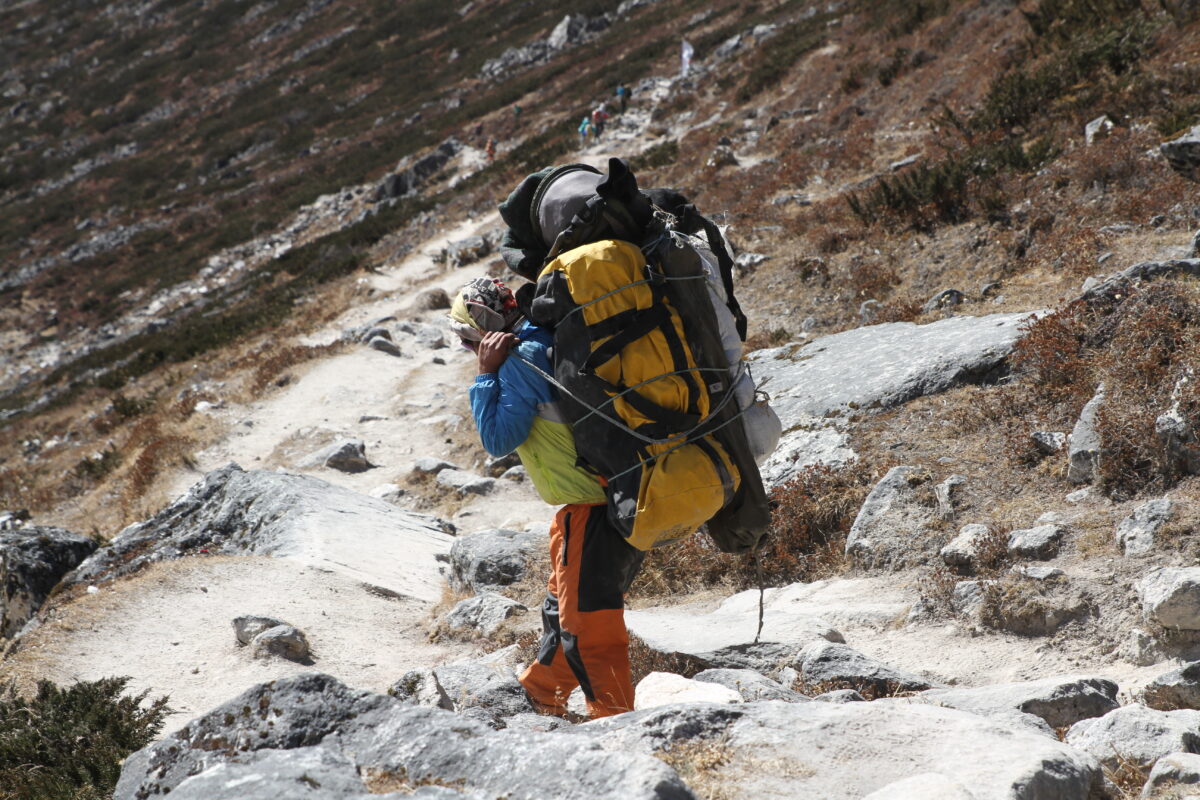
For trekkers seeking both beauty and adventure, the Manaslu Circuit Trek delivers in abundance. The ultimate highlight of the journey is crossing the Larke La Pass (5,160m)—one of the most thrilling high passes in the Himalayas.
This section of the trek is challenging, requiring stamina, determination, and proper acclimatization. The approach to the pass is long and demanding, with a gradual ascent through rocky terrain and snow-covered trails, especially in spring and late autumn. Trekkers often begin the climb before sunrise to avoid strong winds and to catch the first golden rays of dawn illuminating the snow peaks.
Reaching the top of Larke La is a truly rewarding experience. From the summit, the view is nothing short of breathtaking: a vast panorama of Manaslu, Cheo Himal, Himlung Himal, Kang Guru, and Annapurna II stretches across the horizon. Standing at this vantage point, trekkers often describe a sense of achievement unlike any other—the feeling of being on top of the world after days of effort.
While the crossing can be tough, the descent into the Marsyangdi Valley on the other side is equally captivating, with glacial lakes, rugged cliffs, and alpine meadows adding contrast to the landscape. The sense of adventure and challenge that Larke La provides is what makes the Manaslu Circuit Trek so memorable—it’s not just a walk in the mountains, but a test of endurance and spirit.
For many, the moment at Larke La becomes the defining highlight of their entire Nepal adventure, an achievement they carry for a lifetime.
5. Flora & Fauna in the Manaslu Conservation Area
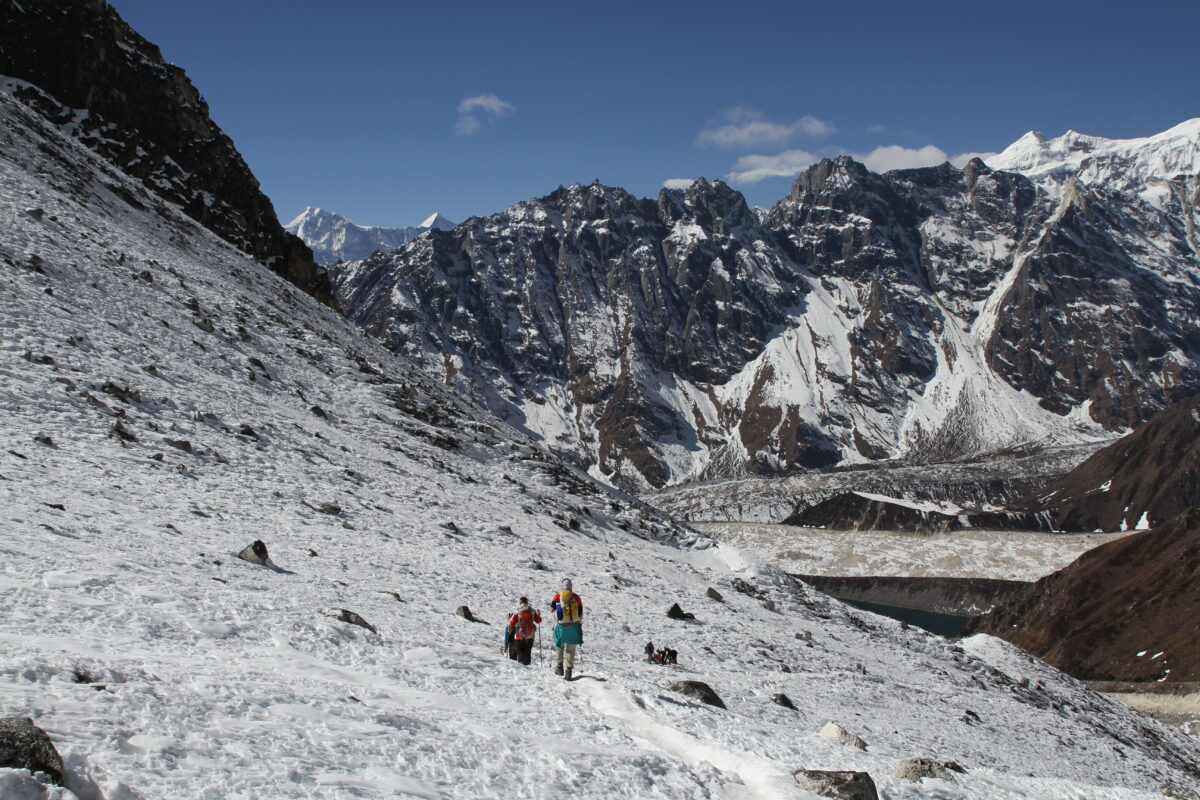
Beyond its towering peaks and cultural treasures, the Manaslu Circuit Trek also offers rich biodiversity. The trail passes through the Manaslu Conservation Area (MCA), a protected region covering over 1,600 square kilometers. This area is home to an incredible variety of flora and fauna, making the trek a paradise for nature lovers.
At lower elevations, the trail winds through lush subtropical forests filled with sal trees, rhododendrons, and bamboo groves. During spring, especially in March and April, the hillsides come alive with blooming rhododendrons of red, pink, and white, creating a colorful backdrop against snow-capped peaks.
As the trek ascends, vegetation shifts to alpine meadows and juniper shrubs before giving way to barren, high-altitude landscapes near the pass. This variety of ecosystems makes the Manaslu region one of Nepal’s most ecologically diverse trekking areas.
The conservation area is also a sanctuary for rare wildlife. Trekkers may spot Himalayan Tahr, blue sheep, musk deer, and langurs along the trail. Birdwatchers are equally rewarded with sightings of Himalayan griffons, snow pigeons, and lammergeiers (bearded vultures) soaring high above. If lucky, one might even catch a glimpse of the elusive snow leopard, which inhabits the upper regions of the park, though sightings are rare.
This harmonious blend of natural wilderness and human settlement makes the trek unique—trekkers not only walk among towering peaks but also share space with some of the rarest species on Earth. By choosing the Manaslu Circuit, adventurers contribute directly to conservation efforts, as permit fees support the protection of wildlife and ecosystems in the region.
6. Community & Hospitality – The People of Manaslu
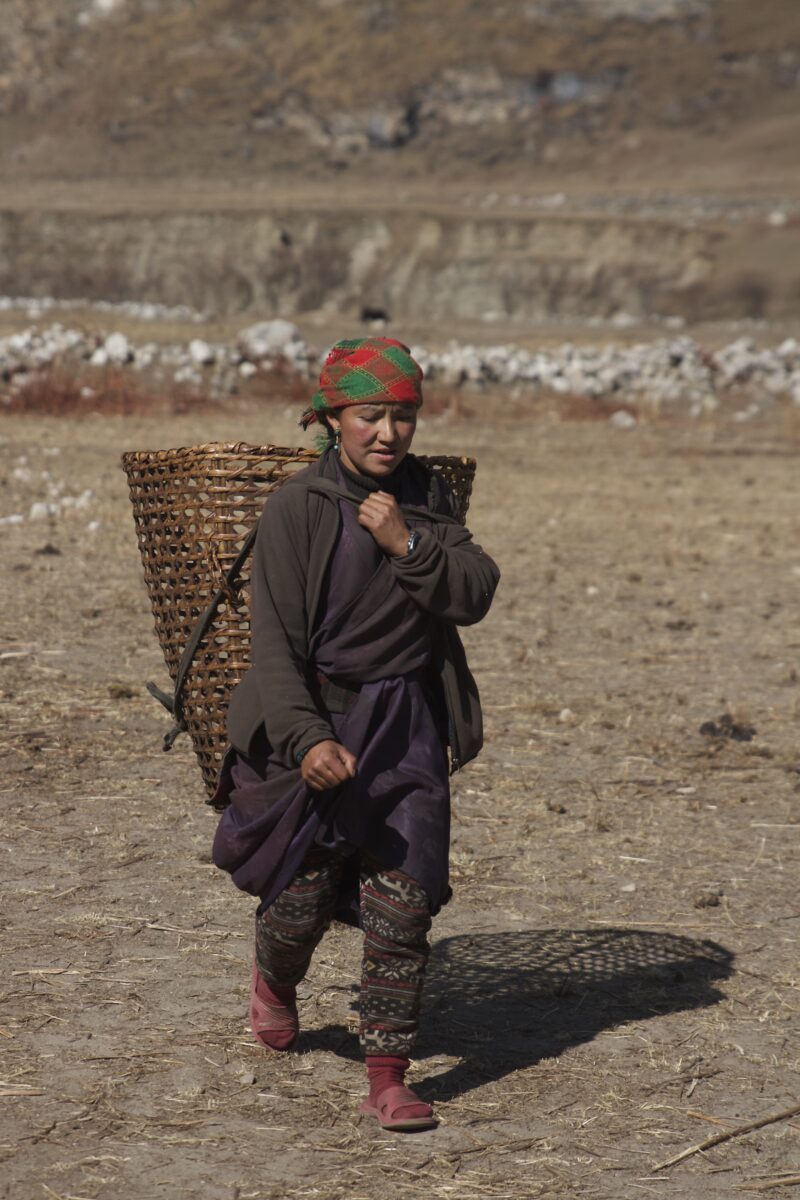
The mountains may provide the scenery, but it’s the people who make the Manaslu Circuit Trek truly unforgettable. Along the trail, trekkers encounter warm-hearted communities whose traditions and way of life have been shaped by centuries of living in the rugged Himalayas.
The lower sections of the trek are home to the Gurung and Magar people, known for their bravery as Gurkha soldiers and their rich cultural heritage. As the trail ascends, trekkers enter villages influenced by Tibetan Buddhism, particularly in places like Sama Gaun and Samdo. These high-altitude settlements reflect deep-rooted Tibetan culture, with mani walls, prayer flags, and monasteries dotting the landscape.
Hospitality is at the heart of the trekking experience here. Unlike larger commercial trekking routes, the Manaslu Circuit still relies heavily on family-run teahouses, where trekkers are welcomed with genuine kindness. Meals often include local dishes such as dal bhat (rice with lentils and vegetables), tsampa (roasted barley flour), and yak butter tea, giving trekkers not only energy but also a taste of authentic Himalayan cuisine.
Trekkers often share stories with hosts around a warm fire, experiencing firsthand the humility and resilience of mountain life. These interactions create lasting memories, transforming the trek from a physical journey into a cultural exchange.
Despite the challenges of remote living, the people of Manaslu radiate positivity, faith, and strength. Their hospitality ensures trekkers feel at home, even at the edge of the world. Many visitors leave the trek not just with photographs of mountains, but with friendships and human connections that endure long after the journey is over.
Practical Information for Trekkers
While the Manaslu Circuit Trek is one of Nepal’s most rewarding adventures, proper planning and preparation are essential. Here are key details trekkers should know before setting out:
Best Time to Trek
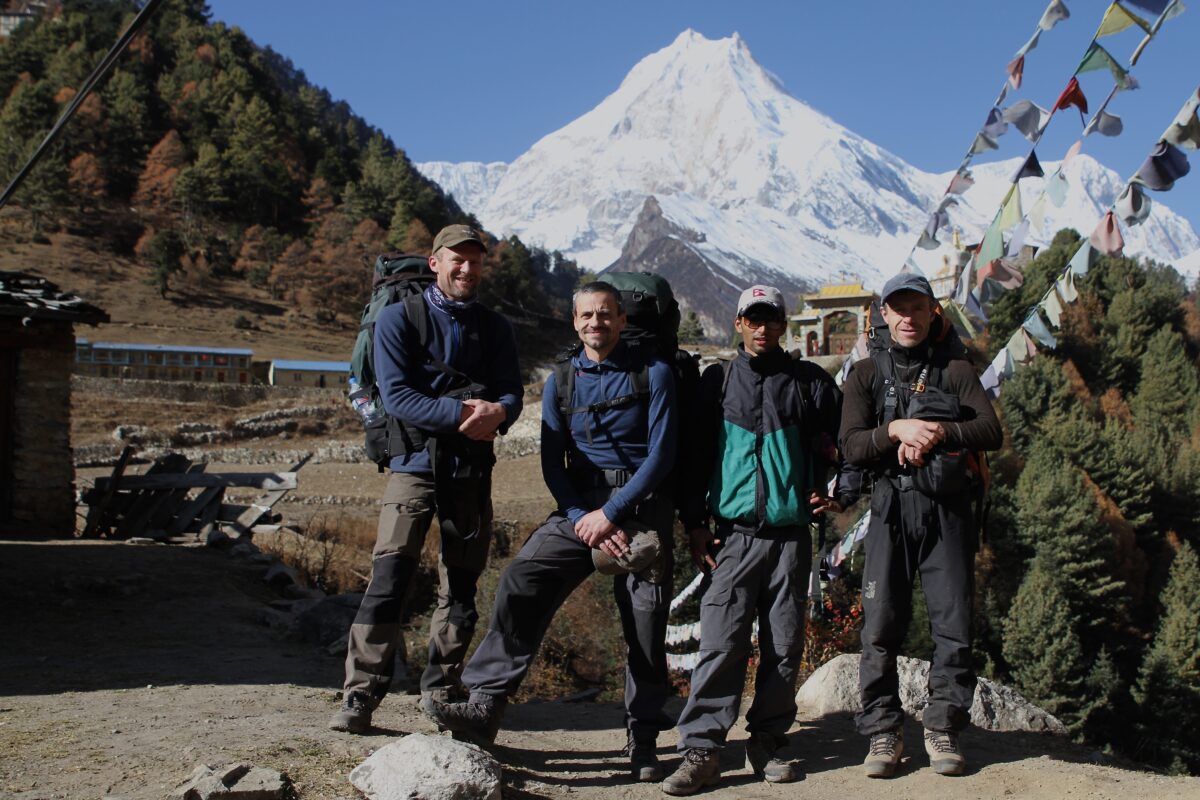
The ideal seasons for the Manaslu Circuit are spring (March to May) and autumn (September to November). During these months, the weather is stable, skies are clear, and mountain views are at their best. Spring also brings colorful rhododendron blooms, while autumn offers crisp air and festive vibes with major Nepali festivals like Dashain and Tihar.
Winter (December–February) is possible but challenging due to heavy snowfall at Larke La Pass, while the summer monsoon (June–August) brings rain, landslides, and leeches, making it less favorable.
Permits Required
Since the Manaslu region is a restricted trekking area, special permits are mandatory. Trekkers must be part of a group (minimum two people) accompanied by a licensed guide from a registered trekking agency such as Mountain Treks Nepal. The necessary permits include:
- Manaslu Restricted Area Permit (RAP)
- Manaslu Conservation Area Permit (MCAP)
- Annapurna Conservation Area Permit (ACAP) (as the trek exits through the Annapurna region)
Accommodation & Food
Unlike commercial trekking routes, the Manaslu Circuit has fewer but comfortable teahouses. These are family-run lodges offering simple rooms, warm meals, and cozy dining halls. Meals typically include dal bhat, noodles, soups, momos, and Tibetan bread. While basic, the hospitality is genuine, and trekkers often enjoy meaningful cultural interactions.
Fitness & Preparation
The trek is graded as moderate to challenging, suitable for trekkers with good physical fitness and some trekking experience. Days often involve 6–8 hours of walking, and the high altitude demands proper acclimatization. Pre-trek preparation such as cardio exercises, hiking practice, and strength training is highly recommended. Trekking poles, warm clothing, and good-quality boots are essential gear.
By being well-prepared, trekkers can fully enjoy the Manaslu Circuit’s rewards—stunning landscapes, rich culture, and thrilling adventure—without unnecessary difficulties.
Why Book with Mountain Treks Nepal?
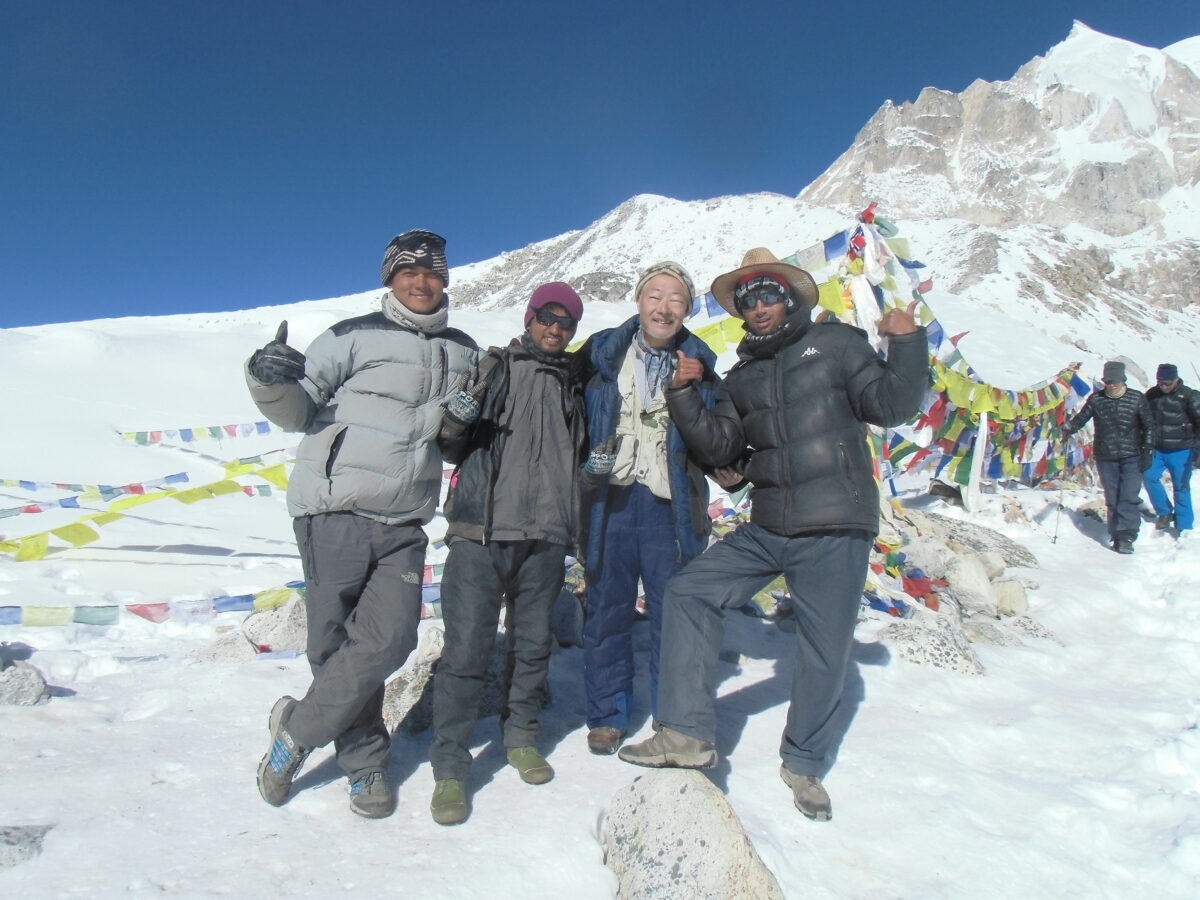
While the Manaslu Circuit Trek offers breathtaking scenery and authentic adventure, choosing the right trekking company makes all the difference. Mountain Treks Nepal is a trusted local operator that ensures your journey is safe, well-organized, and memorable from start to finish.
Local Expertise & Knowledge
As a Nepal-based company, Mountain Treks Nepal employs experienced guides who are intimately familiar with the Manaslu region. Their deep understanding of the terrain, weather conditions, and cultural traditions ensures trekkers not only stay safe but also gain insights that enrich the experience.
Customized Trekking Itineraries
Every trekker is different. Whether you want a standard 14-day trek or a more relaxed pace with extra acclimatization days, Mountain Treks Nepal can design a tailored itinerary to suit your needs, fitness level, and travel style.
Focus on Safety & Comfort
Safety is always the top priority. The company’s guides are trained in first aid and altitude management, and all treks are conducted with proper equipment and contingency plans. Accommodation and meal arrangements are made in advance, ensuring a smoother experience even in remote areas.
Sustainable & Responsible Tourism
Mountain Treks Nepal is committed to supporting local communities by using family-run teahouses and promoting eco-friendly practices. This not only benefits trekkers but also ensures the preservation of culture and environment for future generations.
With Mountain Treks Nepal, you’re not just booking a trek—you’re choosing a partner dedicated to turning your Himalayan adventure into a once-in-a-lifetime memory.
Conclusion
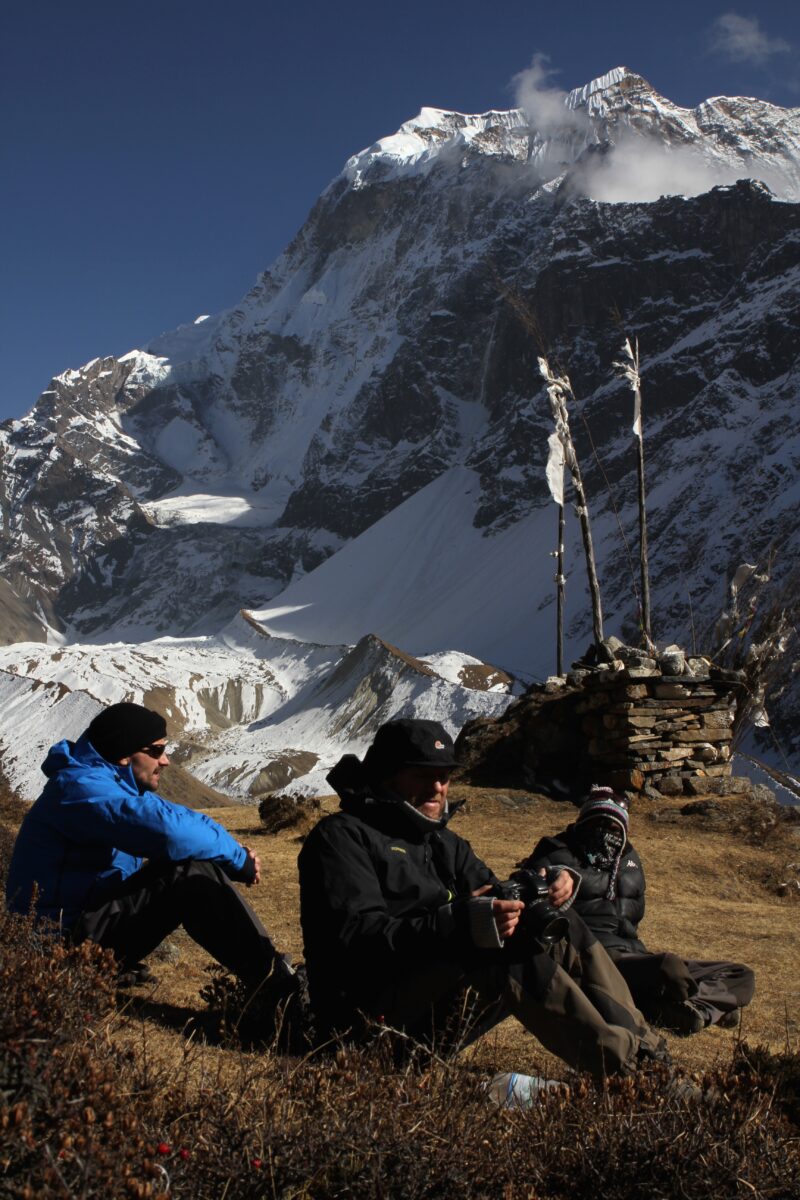
The Manaslu Circuit Trek is more than just a trail it is a journey into the heart of the Himalayas, blending natural wonders with cultural richness and adventure. From walking along the roaring Budhi Gandaki River to crossing the majestic Larke La Pass, trekkers experience Nepal in its purest form: remote, peaceful, and deeply rewarding. Unlike the more crowded Everest and Annapurna routes, the Manaslu Circuit offers solitude, authenticity, and the chance to immerse in Tibetan-influenced culture that has remained untouched for centuries.
Whether you are drawn by the stunning landscapes, the challenge of high passes, or the warm hospitality of local communities, the Manaslu region promises memories that last a lifetime.
For a safe, enriching, and truly unforgettable trekking experience, partner with Mountain Treks Nepal a team dedicated to turning your Himalayan adventure into a journey of discovery.
